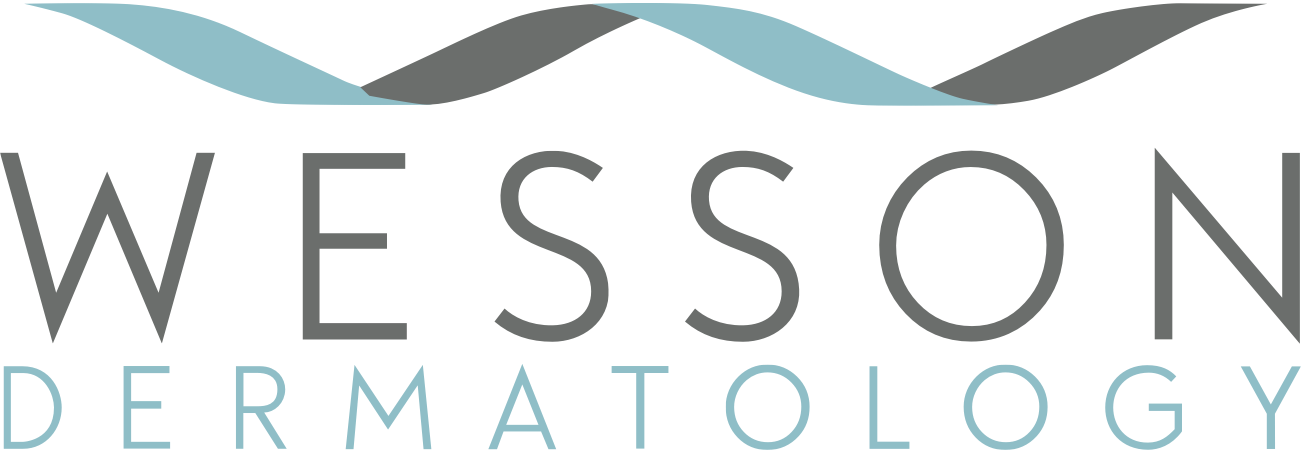
Medical
Skin Conditions
Acne
Acne is the most frequent skin condition seen by medical professionals. It consists of pimples that appear on the face, back and chest. About 80% of adolescents have some form of acne and about 5% of adults experience acne. In normal skin, oil glands under the skin, known as sebaceous glands, produce an oily substance called sebum.
Moles (Nevi)
Moles are brown or black growths, usually round or oval, that can appear anywhere on the skin. They can be rough or smooth, flat or raised, single or in multiples. They occur when cells that are responsible for skin pigmentation, known as melanocytes, grow in clusters instead of being spread out across the skin. Generally, moles are less than one-quarter inch in size. Most moles appear by the age of 20, although some moles may appear later in life.
Psoriasis
Psoriasis is a skin condition that creates red patches of skin with white, flaky scales. It most commonly occurs on the elbows, knees and trunk, but can appear anywhere on the body. The first episode usually strikes between the ages of 15 and 35. It is a chronic condition that will then cycle through flare-ups and remissions throughout the rest of the patient's life. Psoriasis affects as many as 7.5 million people in the United States. About 20,000 children under age 10 have been diagnosed with psoriasis.
Rashes
"Rash" is a general term for a wide variety of skin conditions. A rash refers to a change that affects the skin and usually appears as a red patch or small bumps or blisters on the skin. The majority of rashes are harmless and can be treated effectively with over-the-counter anti-itch creams, antihistamines and moisturizing lotions.
Rosacea
Rosacea is a chronic skin condition that causes facial redness, acne-like pimples, visible small blood vessels on the face, swelling and/or watery, irritated eyes. This inflammation of the face can affect the cheeks, nose, chin, forehead or eyelids. More than 14 million Americans suffer from rosacea. It is not contagious, but there is some evidence to suggest that it is inherited. There is no known cause or cure for rosacea. There is also no link between rosacea and cancer.
Warts
Warts are small, harmless growths that appear most frequently on the hands and feet. Sometimes they look flat and smooth, other times they have a dome-shaped or cauliflower-like appearance. Warts can be surrounded by skin that is either lighter or darker. Warts are caused by different forms of Human Papilloma Virus (HPV). They occur in people of all ages and can spread from person-to-person and from one part of the body to another. Warts are benign (noncancerous) and generally painless.
Wrinkles
Wrinkles are a natural part of the aging process. They occur most frequently in areas exposed to the sun, such as the face, neck, back of the hands and forearms. Over time, skin gets thinner, drier and less elastic. Ultimately, this causes wrinkles - either fine lines or deep furrows. In addition to sun exposure, premature aging of the skin is associated with smoking, heredity and skin type (higher incidence among people with fair hair, blue-eyes and light skin).
